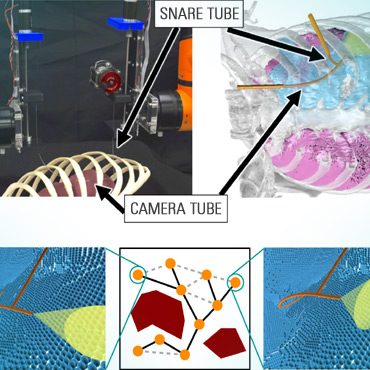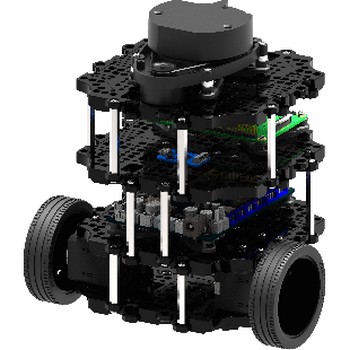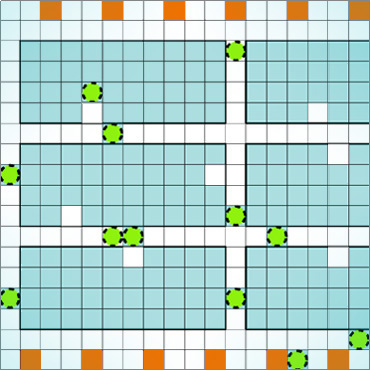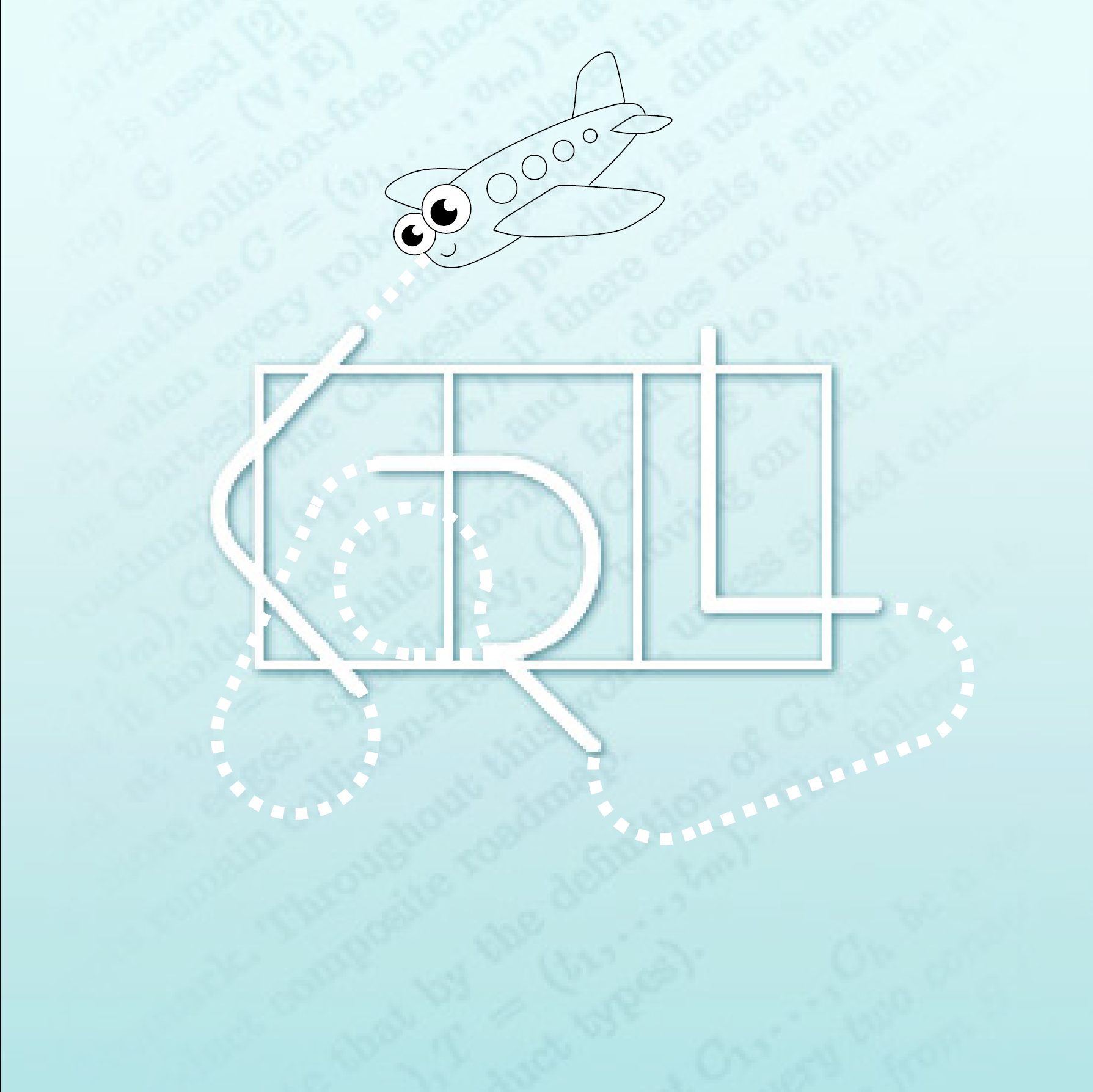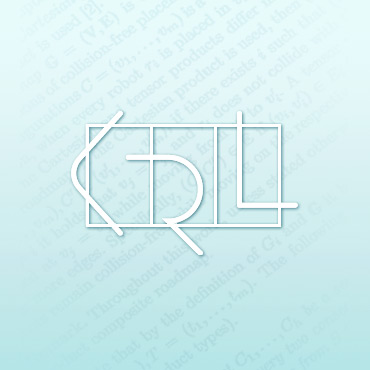A great way to get hands-on experience with the field of algorithmic robot motion planning is to participate in a semester-long project (all while getting academic credit). These projects are aimed both for advanced undergraduate students as well as graduate students taking their first steps conducting research. Prospective students are expected to be hard working and independent. In contrast to class exercises, most of these projects contain some research element – this means that the solutions to some of the challenges posed are not clear upfront and creative solutions may be the basis of a Masters thesis.
Each project contains the prerequisite courses and a general description, typically with the relevant paper(s) mentioned. If you are interested in working on one of these projects please reach out to me with an email describing your background and the project(s) that you are interested in (if you want to suggest your own project – great!). Make sure you have the necessary background, carefully read the project description and relevant papers – this will allow us to have a meaningful and productive discussion when we meet.
